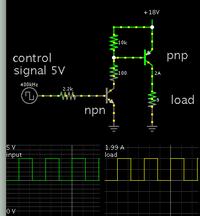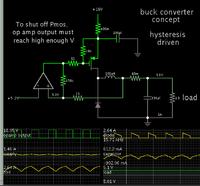pc9460
Junior Member level 3
I got my simulation to work on multisim but would need to build the actual smps. The microcontroller I'm using is only capable of outputting 5V. I would need it to be 18V like it works at in my simulation. Is there a way to get the voltage up so it can drive the gate of my mosfet? I've thought about using a gate driver ic but don't know what to buy. Please give me some ideas. Thanks


